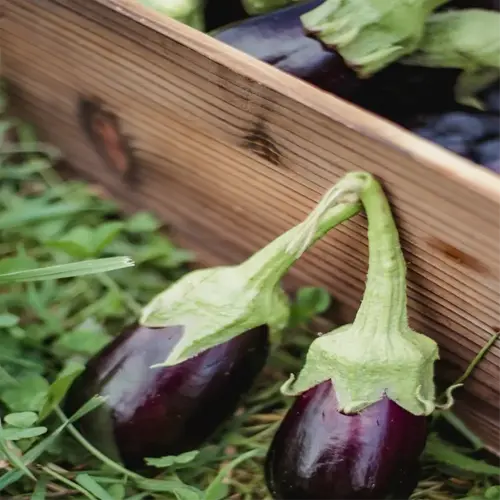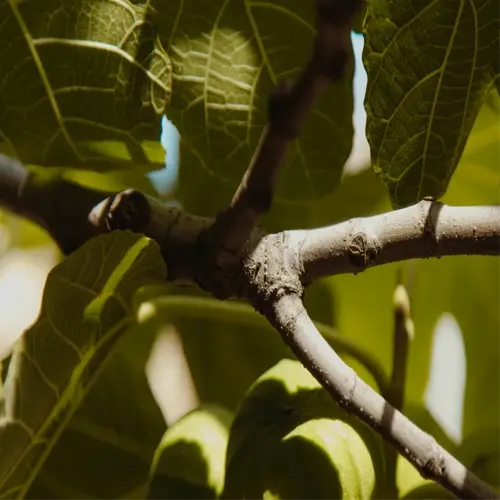Why does my garlic have small, underdeveloped bulbs?

Written by
Nguyen Minh
Reviewed by
Prof. Samuel Fitzgerald, Ph.D.The way to have the plump bulbs that you want when you grow garlic begins with identifying the cause of bulb stunting. My first crop of garlic produced heads the size of my thumb because I did not vernalize the garlic. For hardneck varieties, vernalization is simply giving the garlic heads 4-8 weeks at temperatures below 40°F (4°C). If the winters are too warm, the bulbs mistakenly produce leafy growth instead of bulbs. Before blaming insect pests for stunted bulb growth, test the soil.
Insufficient Cold
- Hardnecks require 800+ chill hours
- Softnecks need 400+ chill hours
- Use fridge pre-chill for warm zones
Overcrowding
- Closer than 6" (15cm) spacing
- Competes for nutrients/light
- Restricts bulb expansion
Low Phosphorus
- Ideal soil P: 25-50 ppm
- Add bone meal pre-planting
- Foliar spray during bulbing
Test the soil pH using a soil test kit available for $15. Garlic will flourish in a pH of 6.0 to 7.0. When I first tested my clay soil it measured 5.8; within a few months after adding lime it measured 6.5. The bulbs I planted doubled in size the following season. I also recommend combining soil amendments with the addition of composted chicken manure (4-3-2 NPK) which provides phosphorus.
Cold Simulation
- Refrigerate cloves 6 weeks pre-planting
- Use paper bags, not plastic
- Monitor for mold weekly
Spacing Fix
- Thin overcrowded plants early
- Transplant extras to new beds
- Mulch to suppress weeds
Microclimates are important. For example, in warm areas, plant hard necks on north-facing slopes to keep the soil cooler for longer. My client in Tennessee did this with 'German Red' hardneck garlic and had baseball-sized bulbs despite being in zone 7. Also, raised beds can help with drainage; waterlogged soil will not have roots growing.
Read the full article: How to Grow Garlic Successfully in Any Climate

